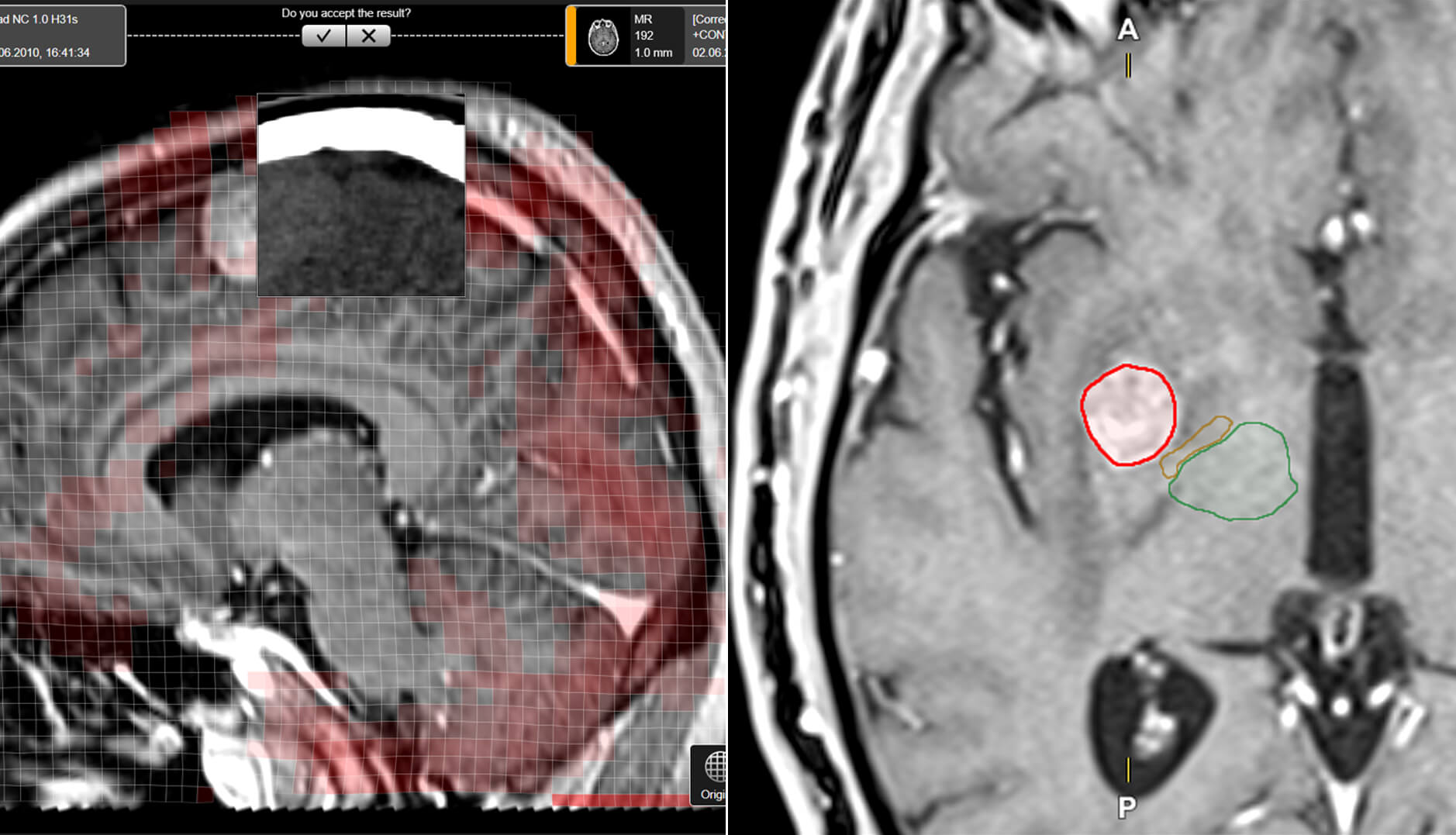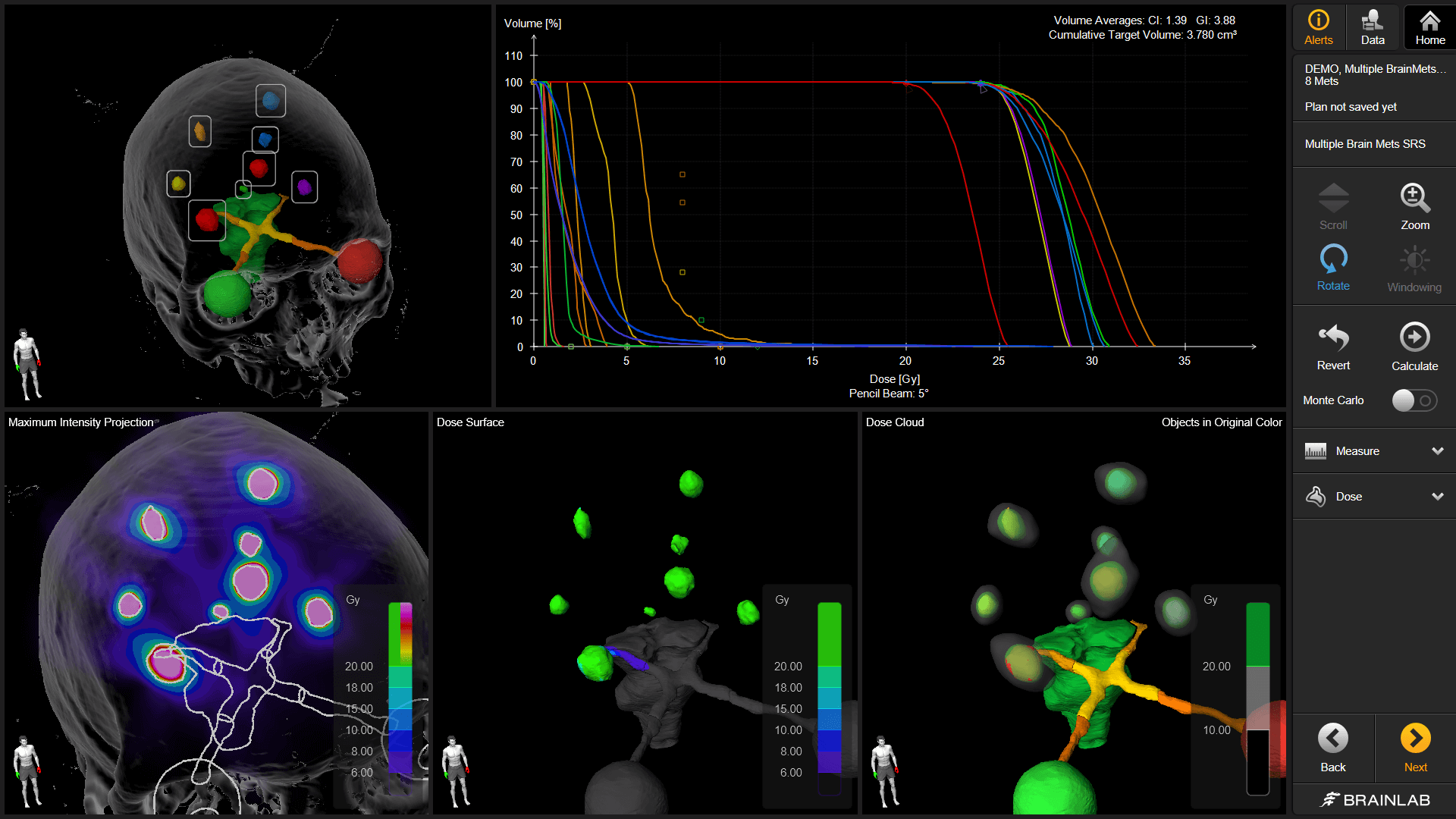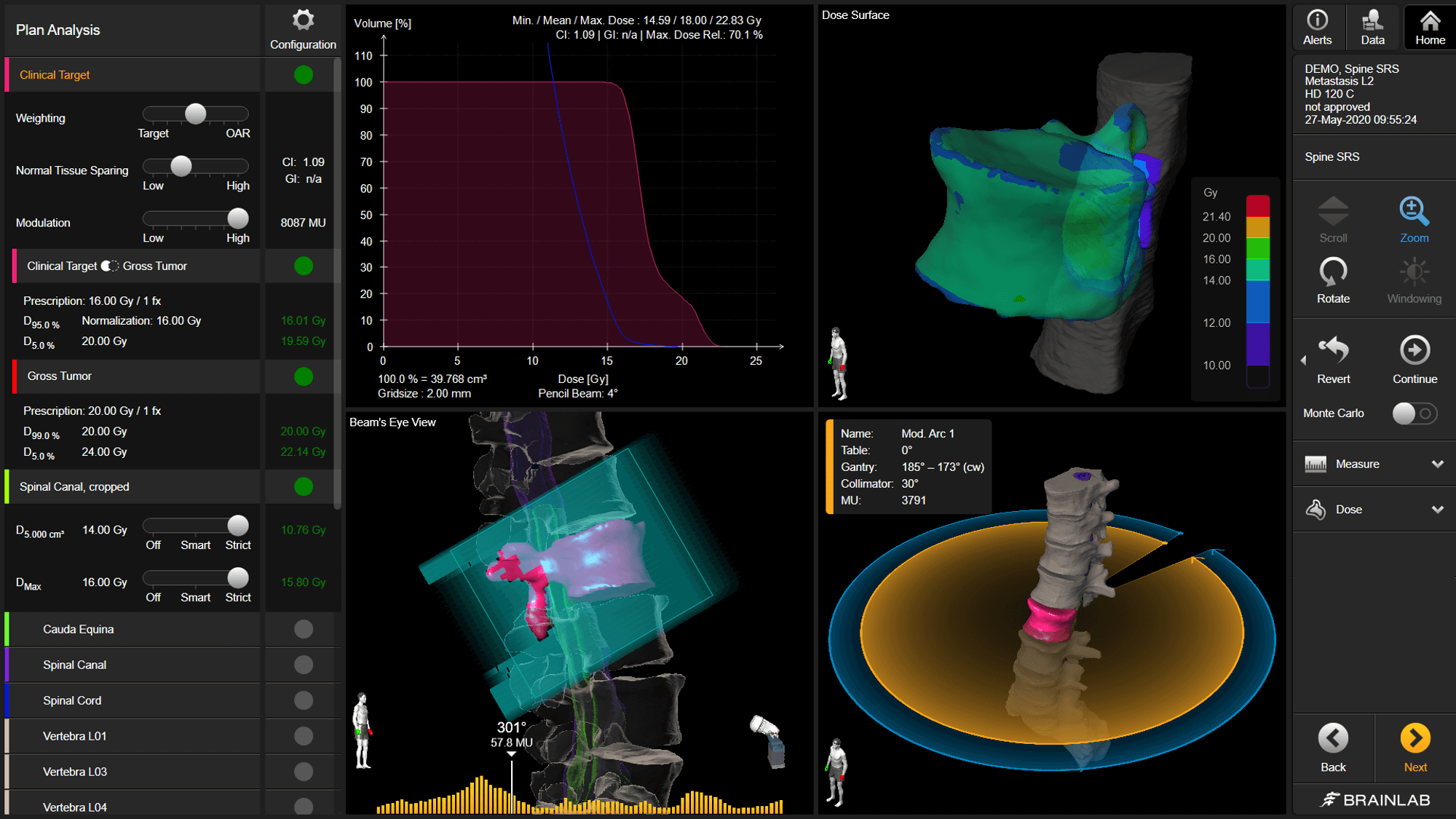Precision treatment planning software for radiotherapy & radiosurgery
We’ve built best practices into each indication-specific Elements treatment planning workflow. These applications allow for better target definition, more consistent radiosurgery planning and faster delivery with reduced toxicity.

Explore the variety of pre-planning and planning tools
Custom-fit your treatment plans to the
indication and the patient
indication and the patient
Patients today are seeking personalized treatments. Elements are focused on the specific needs of each indication to allow clinicians to deliver tailored care to every patient.
Not yet commercially available in several countries. Please contact your sales representative.



